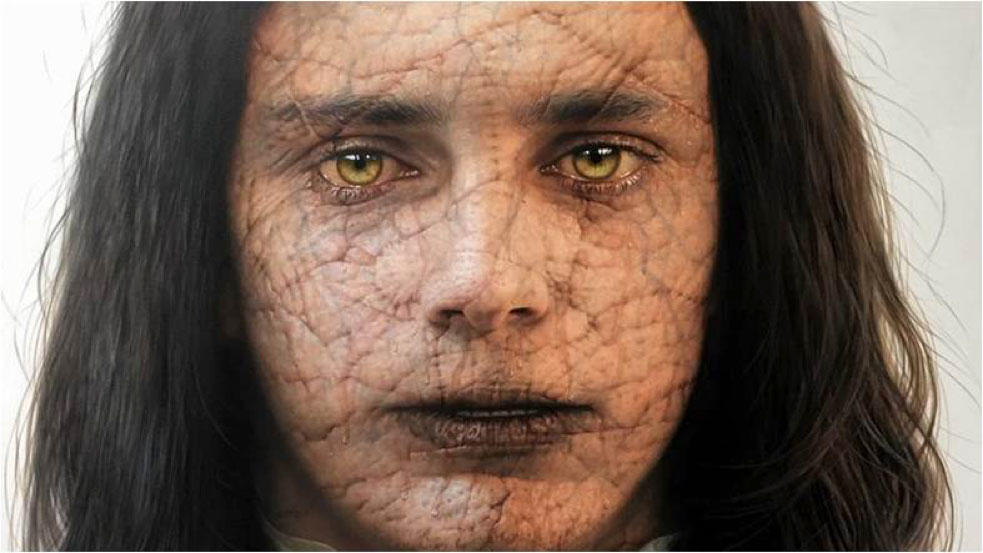Section Branding
Header Content
Emory Celebrates 200 Years Of Frankenstein
Primary Content
Emory University’s Center for Ethics is spending the next year continuing a conversation that Mary Shelley started nearly two centuries ago. Her debut novel, “Frankenstein,” will turn 200 on January 1, 2018. Emory is commemorating that milestone with an initiative it’s calling FACE: Frankenstein Anniversary Celebration and Emory.
Emory began its celebration last week when it unveiled a new portrait of Frankenstein’s creation by Ross Rossin. He is a native Bulgarian known for his portraits, four of which hang in The Smithsonian National Portrait Gallery’s Permanent Collection. In 2015, Rossin’s painting of poet Maya Angelou was selected as the image for her U.S. Postal Service Forever Stamp.
We had the opportunity to pick the Atlanta-based artist’s brain when Rossin’s painting was revealed in front of a live audience at Emory’s Schwartz Center for the Performing Arts.
The show begins with a discussion of how Rossin’s work is a departure from past depictions of Frankenstein’s creation. Gone is the green and oafish monster we’re used to seeing. Rossin tells us why previous portrayals of the monster as a “mute imbecile” got it all wrong.
Plus, he opens up about his process. Although his work is often described as being “photorealistic,” Rossin explains “making a portrait is not just depicting someone who’s in front of you.” It’s more complicated than merely copying someone’s image. Dialogue is an important part of his process. “It’s about my relation with my models,” Rossin shares.
So how did he create his monster without a model to talk to? Rossin reveals how he got in touch with Shelley, who was just 18 when she wrote “Frankenstein; or, The Modern Prometheus.”
Other disciplines were also represented that night. Two Emory theater professors, Lisa Paulsen and Brent Glenn, treated the audience to dramatic readings from Shelley’s text. We also heard from Emory University organist, Timothy Albrecht, who played Bach’s “Toccata and Fugue in D Minor.” All three performances are included in this week’s edition of “Two Way Street.”


